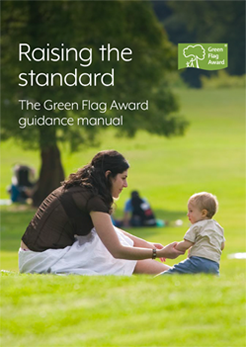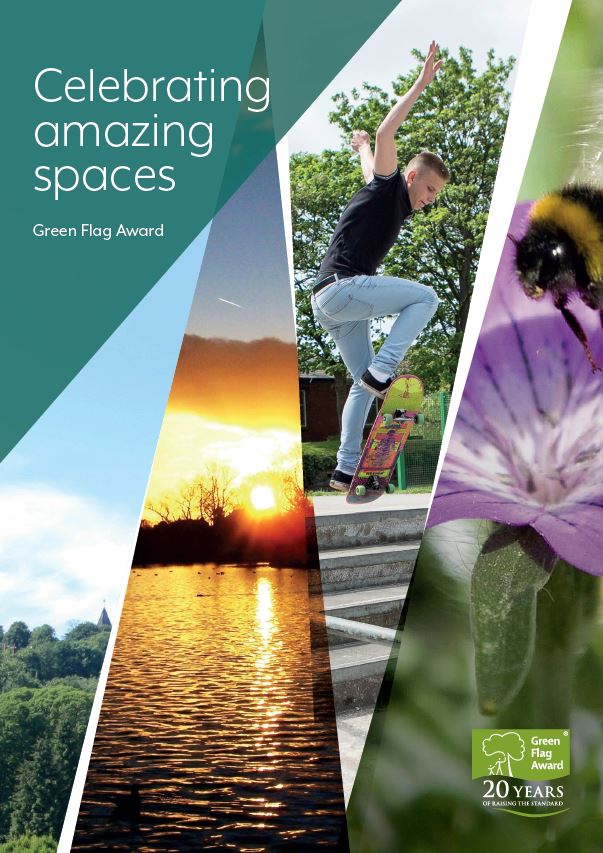Trees, Planning and Development: A Guide for Delivery
The Trees and Design Action Group (TDAG) believes trees can and should have a key role in creating better places and value for people, both aesthetically and functionally.
National and local governments, along with professional institutions and associations are increasingly aware of the benefits trees deliver, not least their role in adaptation and mitigation to the threats of climate and ecological breakdown. Their guide addresses the main issues for the key audience of planners, developers, designers and other stakeholders.
The guide is designed to facilitate a better understanding and to secure the range of returns trees offer new developments, and is periodically updated to reflect any changes in planning and associated policies. It also complements Trees in Hard Landscapes: A Guide for Delivery, and is the second companion to Trees in the Townscape: A Guide for Decision Makers. All guides are freely available on the TDAG website.
As with all TDAG documents, careful research has been supported by a wide range of contributors and the results reviewed by an equally diverse range of industry experts.
With the evidence-based understanding that urban trees can delivery multiple social, environmental and economic benefits particularly in the context of our two critical challenges of climate change and biodiversity decline, ensuring that existing urban trees are retained and that new trees are a requirement for all new developments, TDAG is calling for all local authorities to have adopted tree strategies.
CLICK HERE TO ACCESS AND DOWNLOAD SECTION ONE AND TWO OF THE GUIDE

About the Trees and Design Action Group (TDAG)
The Trees and Design Action Group (TDAG), brings together individuals, professionals, academics and organisations from wide ranging disciplines in both the public and private sectors to improve knowledge and good practice to support the role of urban trees through better collaboration in the planning, design, construction and management and maintenance of our urban places.
For more information visit: https://www.tdag.org.uk/
Author: Trees in Design Action Group (UK)
Estimated Read Time: Long Read











